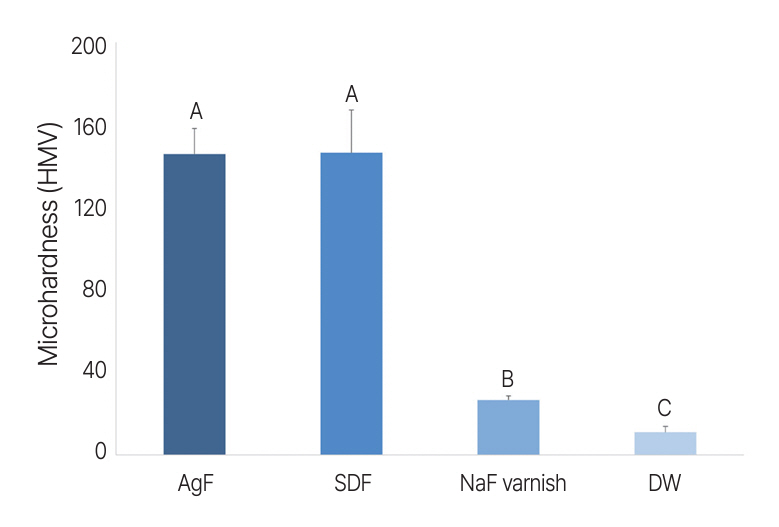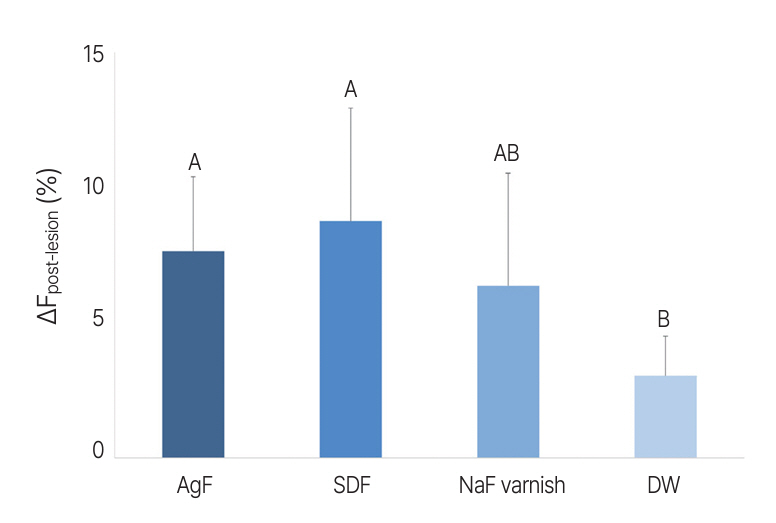2. Oliveira P, Fonseca A, Silva EM, Coutinho T, Tostes MA : Remineralizing potential of CPP-ACP creams with and without fluoride in artificial enamel lesions.
Aust Dent J, 61:45-52, 2016.

3. Rao SK, Bhat GS, Aradhya S, Devi A, Bhat M : Study of the efficacy of toothpaste containing casein phosphopeptide in the prevention of dental caries: a randomized controlled trial in 12- to 15-year-old high caries risk children in Bangalore, India.
Caries Res, 43:430-435, 2009.



4. Tufekci E, Dixon JS, Gunsolley JC, Lindauer SJ : Prevalence of white spot lesions during orthodontic treatment with fixed appliances.
Angle Orthod, 81:206-210, 2011.



5. Huang GJ, Roloff-Chiang B, Mills BE, Shalchi S, Spiekerman C, Korpak AM, Starrett JL, Greenlee GM, Drangsholt RJ, Matunas JC : Effectiveness of MI Paste Plus and PreviDent fluoride varnish for treatment of white spot lesions: a randomized controlled trial.
Am J Orthod Dentofacial Orthop, 143:31-41, 2013.



6. Ogaard B : White spot lesions during orthodontic treatment: mechanisms and fluoride preventive aspects.
Semin Orthod, 14:183-193, 2008.

7. de Sousa Mda L, Wagner M, Sheiham A : Caries reductions related to the use of fluorides: a retrospective cohort study.
Int Dent J, 52:315-320, 2002.


9. Chu CH, Lo EC : Microhardness of dentine in primary teeth after topical fluoride applications. J Dent. 36:387-391, 2008.


10. Mei ML, Ito L, Cao Y, Lo EC, Li QL, Chu CH : An ex vivo study of arrested primary teeth caries with silver diamine fluoride therapy.
J Dent, 42:395-402, 2014.


11. Arends J, ten Bosch JJ : Demineralization and remineralization evaluation techniques.
J Dent Res, 71:924-928, 1992.



12. Cho KH, Kang CM, Jung HI, Lee TY, Song JS : Assessment of the Caries Detection Ability of Quantitative Light-induced Fluorescence (QLF) in Primary Teeth in vitro. J Korean Acad Pediatr Dent, 49:65-75, 2022.
13. Lee KH, Ahn JY, Kim JS, Han MR, Lee JH, Shin JS : Effect of Sodium Fluoride Varnish and Potassium Iodide on Remineralization Efficacy of Silver Diamine Fluoride.
J Korean Acad Pediatr Dent, 48:467-475, 2021.

14. Horst JA, Ellenikiotis H, Milgrom PL : UCSF Protocol for Caries Arrest Using Silver Diamine Fluoride: Rationale, Indications and Consent.
J Calif Dent Assoc, 44:16-28, 2016.



17. Yu OY, Mei ML, Zhao IS, Li QL, Lo EC, Chu CH : Remineralisation of enamel with silver diamine fluoride and sodium fluoride. Dent Mater. 34:E344-E352, 2018.


22. Yan IG, Zheng FM, Yin IX, Sun IG, Lo ECM, Chu CH : Stability of Silver and Fluoride Contents in Silver Diamine Fluoride Solutions.
Int Dent J, 73:840-846, 2023.



23. Lee HS, An SY : Antibacterial Effects of Silver Fluoride and Difluorosilane-based Varnish on Streptococcus mutans.
J Korean Acad Pediatr Dent, 49:497-504, 2022.


26. Naumova EA, Niemann N, Aretz L, Arnold WH : Effects of different amine fluoride concentrations on enamel remineralization.
J Dent, 40:750-755, 2012.


27. Altenburger MJ, Schirrmeister JF, Lussi A, Klasser M, Hellwig E : In situ fluoride retention and remineralization of incipient carious lesions after the application of different concentrations of fluoride.
Eur J Oral Sci, 117:58-63, 2009.














 PDF Links
PDF Links PubReader
PubReader ePub Link
ePub Link Full text via DOI
Full text via DOI Download Citation
Download Citation Print
Print



